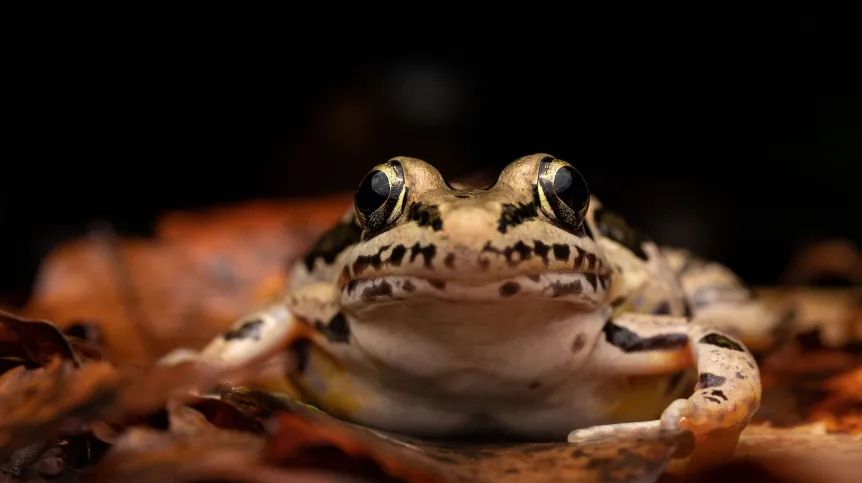
At the current rate of global temperature increase, by the end of the century nearly 400 amphibian species (7.5%) will be pushed beyond their tolerable temperature range, according to an international forecast covering more than 60 percent of amphibian species.
More than 40 percent of amphibian species are currently listed as threatened, and increasing thermal extremes could increase their risk of extinction. To counteract this and properly prioritise conservation efforts, it is necessary to properly assess amphibian resilience to climate change.
Such an analysis requires adequate data on the thermal tolerance and environmental exposure of individual species. However, the most comprehensive database on the thermal tolerance limits of amphibians covers only 7.5 percent of known species, focusing on temperate regions.
Patrice Pottier of the University of New South Wales and colleagues, supervised by Szymon Drobniak, PhD, from the Institute of Environmental Sciences at the Jagiellonian University and Professor Shinichi Nakagawa from Alberta University (Canada), has tackled the limitations of available data.
The paper on this subject was published in "Nature".
Using data imputation, a method of predicting missing values based on existing measurements and available ecological information, the researchers managed to supplement thermal sensitivity data for an additional 4,656 species, creating an unprecedented database covering over 60% of currently living amphibian species, the Jagiellonian University describes the method used by the researchers.
The researchers then combined these data with long-term global historical climate data and climate change projections expected by the end of the current century.
The analysis reveals that under current temperature conditions, 104 species (2% of the 5,203 examined) are at risk of dangerous overheating, even in shaded areas. Despite considering amphibians' ability to plastically adapt to higher temperatures, the results show that with a 4ºC increase in average air temperature, this percentage would rise to 7.5%. This means that by the end of the century, and at the current rate of global warming, nearly 400 amphibian species will be pushed beyond their tolerable temperature range.
According to predictions, in the Southern Hemisphere, the highest increase in overheating species is expected in the tropical zone, where the most threatened species will be concentrated in South America and Australia. Fewer species will be threatened by overheating in the tropics of Africa and Asia. In the Northern Hemisphere, temperate-zone amphibians will be the most threatened.
Most species will likely become locally extinct due to overheating. However, even local extinction has serious consequences, such as reduced genetic diversity.
Some amphibian populations can also shift their ranges, permanently or temporarily moving to habitats with more favourable weather patterns. However, this is only possible if suitable habitats are available. Given the low dispersal rates of some amphibians and their dependence on water bodies for reproduction and thermoregulation, the possibilities for range shifts for many species will be limited.
The scientists emphasise that amphibians living for a longer period close to their physiological limits, at the warming edge of their range, are likely to experience heat stress, which can hinder activity, feeding opportunities and reproductive success, creating further challenges related to survival and potentially leading to population declines.
The analyses show the critical importance of maintaining dense vegetation cover and water bodies for the survival of amphibian populations. These microhabitats - the Jagiellonian University describes - provide conditions with lower and more stable temperatures and increase the potential of amphibians and other cold-blooded species to disperse to more suitable habitats. Establishing protected areas, which will weaken the impact of anthropogenic threats, may also contribute to limiting the decline in amphibian populations. (PAP)
PAP - Science in Poland
ekr/ bar/













